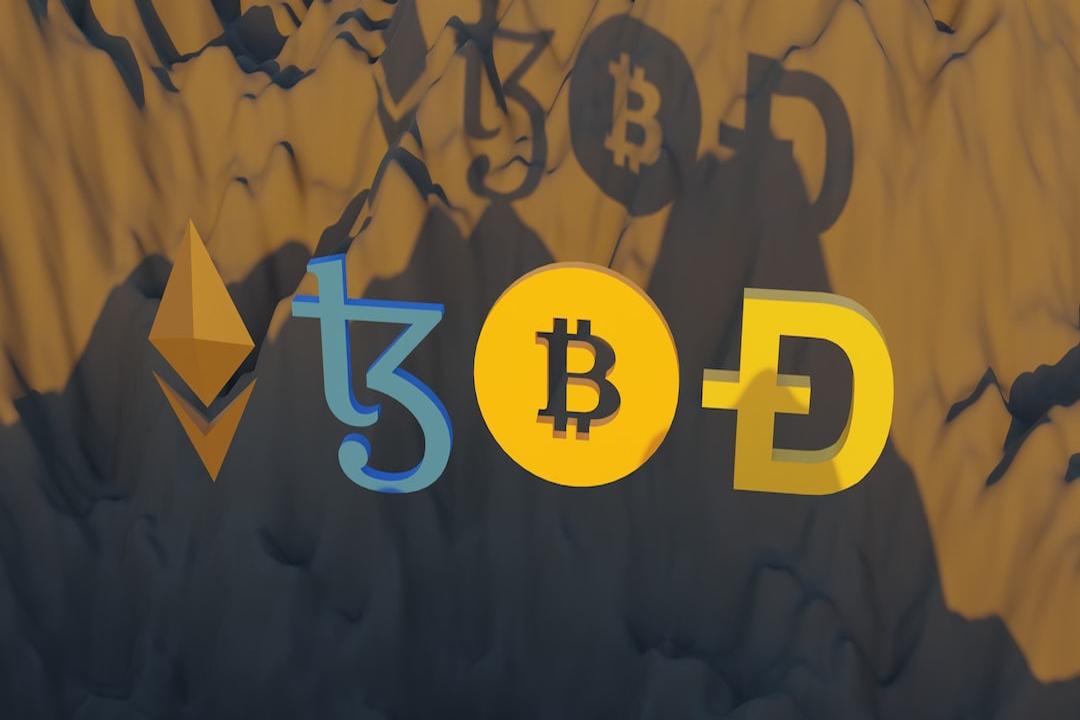Despite being seen as a potential disruptor in the traditional payment industry, data from a dashboard developed by Visa and Allium Labs shows that over 90% of stablecoin trading volume actually comes from non-real users. This finding highlights that the path for stablecoins to become mainstream payment tools may still be long.
Stablecoin trading is widely regarded as a key disruptor in the traditional payment industry due to its instant, low-cost, and round-the-clock operation. This has attracted traditional payment giants such as PayPal and Stripe to enter the stablecoin field.
However, according to Bloomberg, the stablecoin analysis dashboard developed jointly by Visa, a global leader in digital payments, and Allium Labs, a specialist in processing public chain data, shows that over 90% of stablecoin trading volume does not come from real users. This finding suggests that the path for stablecoins to become mainstream payment tools may still be long.
The data dashboard designed by Visa and Allium Labs uses “adjusted stablecoin transaction data” to exclude potential distortions caused by inorganic activities and other artificially inflated transactions. It employs the following key filters:
1. One-Way Transaction Volume Filter: It only calculates the maximum stablecoin amount transferred in a single transaction. This aims to exclude duplicate internal transactions that may occur in complex smart contract interactions.
2. Inorganic User Filter: It only counts transactions initiated by accounts that have made fewer than 1,000 stablecoin transactions in the past 30 days and have a total transaction volume of less than $10 million. This is done to eliminate robot activities and automatic trading by large institutions such as centralized exchanges.
In summary, this adjusted indicator aims to highlight transactions conducted by real people. However, data from April shows that out of a total trading volume of approximately $2.2 trillion, only $149 billion came from payment activities by real users, accounting for only about 7%.
The stablecoin data tracks USDT, USDC, USDP, and PYUSD. The adjusted trading volume eliminates transactions related to inorganic activities and other artificially induced inflationary behaviors.
Pranav Sood, EMEA Executive Managing Director of payment platform Airwallex, commented on this, stating that it indicates stablecoins as payment tools are still in very early stages of development. He further stated that Airwallex customers have low demand for stablecoin-based payment solutions mainly because many people still do not consider this technology to be user-friendly enough.
Regarding the long-term growth prospects of stablecoins, analysts at Bernstein predicted last year that the total value of all circulating stablecoins could reach $2.8 trillion by 2028, nearly 18 times the current total circulation.
With PayPal launching PYUSD stablecoin last year, seeking to achieve instant and low-cost transfers in its broader payment infrastructure, and Stripe announcing on April 25th that it will soon allow merchants to accept USDC for online transactions on its platform, the long-term development prospects of stablecoins continue to receive widespread attention in the market.


